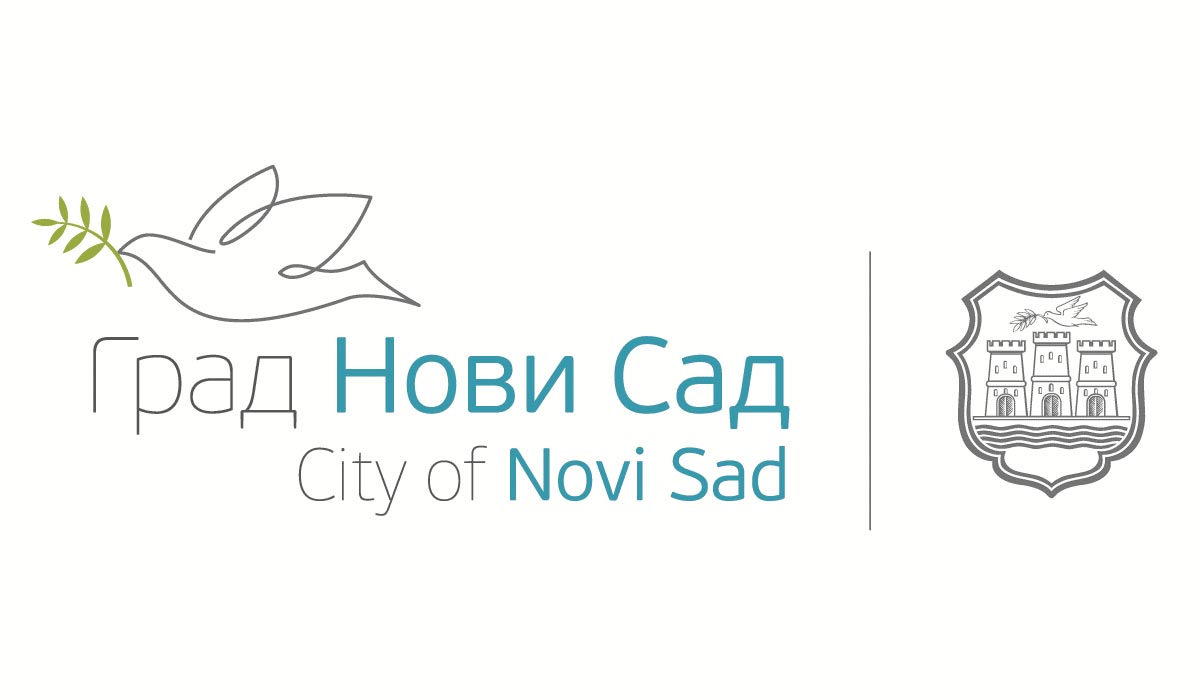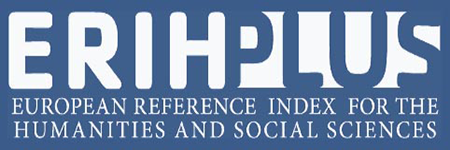COMPETITION, MEANING, AND MONUMENTALIZATION IN GALLIA COMATA
DOI:
https://doi.org/10.19090/i.2021.32.7-20Keywords:
Romanization, Imperialism, Gaul, Gallo-Roman, Amphitheaters, Pre-Roman Gaul, Roman Monuments, Roman ProvincesAbstract
Perhaps the most striking, and archaeologically speaking the most evident, change that occurred in Gallia Comata from the 1st century BCE to the end of the 2nd century CE was the incorporation of massive, monumental, Roman-style architecture. Many of these monuments still stand to this day, providing an obvious, visual argument for the impact that Roman culture had on Gallic society. Overall, the incorporation of Roman architecture and monuments, paid for and dedicated by members of the local elite, seems to indicate a clear cultural shift in Gallic society and the adoption of Roman conceptions of urbanism and the role of the urban aristocracy in providing munera for the populace.
This paper will examine the remains of monumental structures in the Gallic civitas-capitals, examining the initial stages of monumentalization. While early structures advertised the connection between the community as a whole with the Imperial power structure, the construction of amphitheaters in particular emerged rapidly throughout the Three Gauls and, as this paper will argue, was tied to the glorification and memorialization of the dedicator and his family. The edification of urban space thus became a new ground for the Gallic aristocracy to play out its internal rivalries, rather than a public expression of acceptance or obedience under Rome, and through the use of amphitheaters, urban edification allowed the Gallic aristocracy to retain their ties to the concept of competitive status and martial prowess.
Downloads
References
Bettina, A. Blair Gibson, D. (eds.), Celtic Chiefdom, Celtic State: The Evolution of Complex Social Systems in Prehistoric Europe, Cambridge: Cambridge University Press, 1998.
Crumley, C. Celtic Social Structure, Ann Arbor: The University of Michigan, 1974.
______. ‘Heterarchy and the analysis of complex societies’, in: R.M. Ehrenreich, C. Crumley, and J.E. Levy (eds.), Heterarchy and the Analysis of Complex Societies, Washington, DC: American Anthropological Association, Archaeological Papers No. 6, 1995, 1–5.
Cunliffe, B. Greeks, Romans, and Barbarians, Avon: The Bath Press, 1988.
Drinkwater, J.F. ‘Lugdunum, ‘Natural Capital’ of Gaul?’, Britannia, 6, 133–140.
______. ‘The Rise and Fall of the Gallic Julii’, Latomus, 37/4, 817–850.
Dumasy, F. ‘Théâtres et amphithéâtres dans les cités de Gaule romaine: fonctions et repartition’, Études de lettres, 1-2, 193–222.
Earle, T. ‘Property Rights and the Evolution of Chiefdoms’ in: T. Earle (ed.), Bronze Age Economics: The Beginnings of Political Economies, Boulder (CO): Westview Press, 2002, 325–347.
Esmonde-Cleary, S. Rome in the Pyrenees: Lugdunum and the Convenae from the First Century B.C. to the Seventh Century A.D, London/New York: Routledge, 2007.
Fagan, G. The Lure of the Arena: Social Psychology and the Crowd at the Roman Games, Cambridge: Cambridge University Press, 2011.
Futrell, A. Blood in the Arena: The Spectacle of Roman Power, Austin (Tx): The University of Texas Press, 1997.
Girardy-Caillat, C. Périgeux antique, Paris: Imprimerie Nationale, 1998.
Hanson, J. A. Roman Theater-Temples, Westport, Connecticut: Greenwood Press, 1978.
Harmand, J. ‘La vie monumentale des théâtres gallo-romains’, Latomus, 49/2, 393–410.
Haselgrove, C. ‘Roman impact on rural settlement and society in southern Picardy’ in: N. Roymans (ed.), From the Sword to the Plow: Three Studies on the Earliest Romanization of Northern Gaul, Amsterdam: Amsterdam University Press, 1996, 127–188.
Irvin, A. ‘The Political Organisation of the Civitates of the Three Gauls and the Myth of Republican Exceptionalism’, in: Sergio González-Sanchez and Alexandra Guglielmi (eds.), ‘Romans’ and ‘barbarians’ beyond the frontiers: Archaeology, Ideology, and Identities in the North, Oxford: Oxbow – TRAC Themes in Roman Archaeology 1, 2017, 137–151.
King, A. Roman Gaul and Germany, London: British Museum Publications, 1990.
Lamoine, L. Le Pouvoir Local en Gaule Romain, Paris: Presses Universitaires Blaise-Pascal, 2009.
Lintott, A. ‘What was the ‘Imperium Romanum’?’, Greece and Rome, 28/1, 53–67.
Martin, J.P. ‘Une Grande Ailliée des Romains’ in: Pierre Desportes (ed.), Histoire de Reims, Toulouse: Private, Editeur, 1983, 13–14.
Matter, M. ‘Particularités architecturales des édifices de spectacles en Gaule Lyonnaise’, in Spectacula 2. Le théâtre antique et ses spectacles. Actes du colloque tenu au Musée archéologique Henri Prades de Lattes les 27, 28, 29 et 30 avril 1989, Lattes: France, 1992, 29–36.
Maurin, L. Thauré, M. Saintes antique. Paris: Impremerie Nationale. 1994.
May, R. St.-Betrand-de-Comminges (Antique Lugdunum Convenarum): le point sur la connaissances, Toulouse: APAMP, 1986.
Pelletier, A. Le Sanctuaire Métroaque de Vienne: Études Préliminaires aux Religions Orientales dans l’Empire Romain. Leiden: E. J. Brill. 1980.
______. Vienne Antique, Le Coteau: Editions Horvath, 1982.
Picard, Ch. ‘Un sacrifice métroaque à Vienne (Isère)’, Revue Archéologique, 26, 159–162.
______. ‘Les theater des Mystères de Cybèle-Attis à Vienne (Isère) et les théâtres pour representations sacrées à travers le monde méditerranéen’, Comptes Rendus de l’Academie des Inscriptions et Belles Lettres 98, 229–248
Picard, G. ‘Les théâtres ruraux de Gaule’, Revue Archéoligique, 50/1, 185–192.
Pinette, M. Rebourg, A. (eds.). Autun: Ville gallo-romaine, Paris: Impremerie Nationale, 1986.
Rebourg, A. Goudineau, Ch. Autun antique, Paris: Monum, Édiitions du Patrimoine, 2002.
Roymans, N. Tribal Societies in Northern Gaul. Amsterdam: Albert Egges van Giffen Instituut voor Prae- en Protohistorie, 1990.
Tyrrell, M. ‘All the treasures of Reims’, posted February 9th, 2009, last modified January 23rd, 2017 (https://www.inrap.fr/en/all-treasures-reims-12156).
Vanderhoeven, A. ‘The earliest Urbanization in Northern Gaul. Some implications of recent research in Tongres’ in: N. Roymans (ed.), From the Sword to the Plow: Three Studies on the Earliest Romanization of Northern Gaul, Amsterdam: Amsterdam University Press, 1996, 189-260.
Wells, P. Culture Contact and Culture Change: Early Iron Age Europe and the Mediterranean World, Cambridge: Cambridge University Press, 1980.
Wightman, E. Roman Trier and the Treveri, London: Rupert Hart Davis, 1970.
______. Gallia Belgica, London: BT Batsford, Ltd., 1985.
Will, E. La sculpture romaine au Musée Lapidaire de Vienne, Vienne: Syndicat d’Initiative, 1952.
Woolf, G. Becoming Roman: The Origins of Provincial Civilization in Gaul, Cambridge: University of Cambridge Press, 1998.













